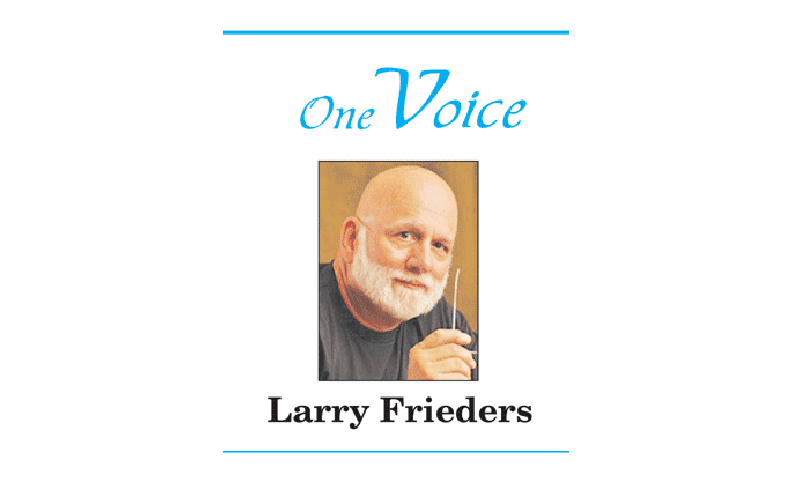
The Opioid Epidemic is in the news, on social media, and being discussed everywhere from the boardroom to the pulpit. Although the situation might not perfectly fit the definition of epidemic, which is a widespread occurrence of an infectious disease in a community at a particular time, it’s close enough.
Small numbers of individuals become addicted to opioids, while the vast majority of users develop a physical tolerance to the drugs just a few days after starting to use them. Over short periods of time, stopping the opioid doesn’t pose a problem. Extended use, however, can make it difficult to quit, which can promote more serious problems.
Legitimate opioid users sometimes believe the drug no longer offers the pain relief it once did, which can lead to a decision to take extra doses. The same can happen when someone loses track of their schedule and takes extra pills.
As much as we try to keep opioids away from those who shouldn’t take them, the unexpected happens and someone gets into the prescriptions. Children end up consuming a deadly opioid substance.
Naloxone hydrochloride (Narcan) is an effective antidote for opioid overdose and there are practically no negative side effects. If given promptly after the overdose is in progress it can completely reverse the morbidity. Some victims wake up quickly and become animated.
Naloxone is off patent and doesn’t cost much, especially in the injectable form. Dr. Jennifer Plumb, a doctor in Utah, reports she can assemble and deliver kits with two vials of the drug and two syringes for $15.
One commercial product delivers the naloxone with a special nasal device. It is the one first responders use most often. Its cost is several hundred dollars per dose.
Another naloxone product is a talking device (EVZIO). It speaks instructions on how to administer the dose, which helps revive the victim. The current retail cost for this device is around $4,000. Yes, that’s four thousand dollars.
Why charge that much for a treatment that costs so little? Is this a greedy ripoff? The real reason might be different. The price is $4,000 because the vast majority sold are denied by third party payers (insurance companies and the government). While there’s rarely a problem having the opioid prescription paid for, the third party balks at covering the cost of the rescue medicine.
Doctors often write for both the opioid and naloxone at the same time, just in case. The head of the company that makes the device has claimed they have not yet made a profit on the sale of those $4,000 devices.
The company contracts with special pharmacies that will fill prescriptions for the talking naloxone device and help the prescriber file the proper paperwork for reimbursement. When the documents are being processed, the patient receives the naloxone prescription immediately. The manufacturer is holding the bag on the payment while simultaneously providing the life-saving drug. The company representative stated in a 60 Minutes television interview they could cut the cost by more than 90% if payers would work with him to reimburse for the medicine that saves lives. He extended an offer to sit down with third parties to discuss how they can all work together to provide this life-saving treatment, and lower the cost of his product.
It’s common to focus attention on the cost of a drug and point the finger of greed, but the reality behind this crisis is probably different. This naloxone tale demonstrates how business-as-usual keeps costs high and service low. Many pharmacies, including Walgreens, have joined the fight to help make this life-saving product available.
Rather than blaming and complaining, perhaps we ought to be looking hard at why the system is broken and how we collectively can fix it. As long as health care and insurance are viewed solely as a for-profit business we will always have the free market conclusions that profits rule over all other elements. Is that best for all of us?
Larry Frieders is a pharmacist in Aurora who had a book published, The Undruggist: Book One, A Tale of Modern Apothecary and Wellness. He can be reached at thecompounder.com/ask-larry or www.facebook.com/thecompounder.

